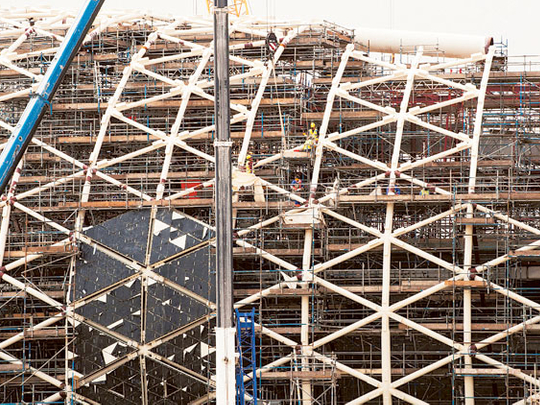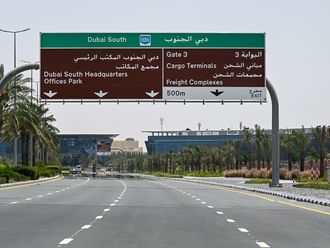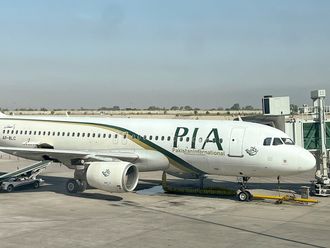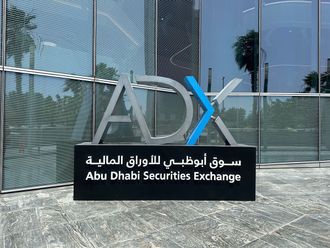
Dubai: Backed by attractive corporate and sovereign fundamentals and ambitious long-term development plans, the fixed income markets of Gulf Cooperation Council (GCC) countries have been growing quickly, said Mohieddine Kronfol, chief investment officer, Franklin Templeton Global Sukuk and Mena Fixed Income Strategies.
“I believes GCC bonds present an attractive investment proposition for many regional investors looking to optimise regional portfolios or global fixed income investors looking to diversify their fixed income allocations,” said Kronfol
Over the past decade, countries throughout the GCC have become keen to diversify their economies away from dependency on hydrocarbons. Supported by high oil prices, GCC governments have been able to fund large investment programmes that have served to stimulate non-oil growth and at the same time accumulate significant currency reserves and pay down their debt to very low levels.
The GCC countries’ success in diversifying their economies is plain to see in recent and anticipated growth figures for the region. According to the International Monetary Fund (IMF), while oil-related growth in GCC countries was only 0.9 per cent in 2013 and is expected to decline to 0.4 per cent in 2014, growth in GCC economies excluding oil-related sectors is forecast to climb to 5.7 per cent this year from 5.4 per cent in 2013.
Developing bond markets
By some estimates, infrastructure projects worth more than $2 trillion were underway in the region by late 2013. “While the GCC has the finances to fund these projects from internal resources, governments in the region also see the benefit of increasing their policy options by encouraging the continued development of their bond markets,” said Kronfol.
Geopolitical risk may be a factor for some investors when considering the GCC. But the turmoil of the past two years has overwhelmingly enveloped Middle East North Africa (Mena) countries that are not part of the GCC. In addition the GCC countries have seen significant improvement in credit fundamentals since the financial crisis.
“Given the region’s strengthened fiscal and economic characteristics, in our view, most investment-grade corporate and sovereign bonds issued by GCC member states are stable, show excellent credit metrics and, for a number of reasons, could represent an opportunity to diversify or optimise investors’ portfolios,” said Kronfol.
Strong growth, low debt
GCC countries account for just 11 per cent of the population of the Mena region, but account for half of its gross domestic product (GDP). In spite of strong government spending in the GCC, IMF figures show that the total gross government debt-to-GDP ratio for these countries stood at just 9.2 per cent at end-2013, in stark contrast with many of the world’s largest economies, where debt-to-GDP ratios are approaching or well above 100 per cent.
The IMF figures also show that current-account balances are in surplus in the GCC region. Cumulative current account balances are projected to remain strong, as are currency reserves. Solid financial profiles have led ratings agency Moody’s to raise the sovereign debt ratings of five of the six GCC member states to “A1” or higher in the past decade (the exception is Bahrain).













